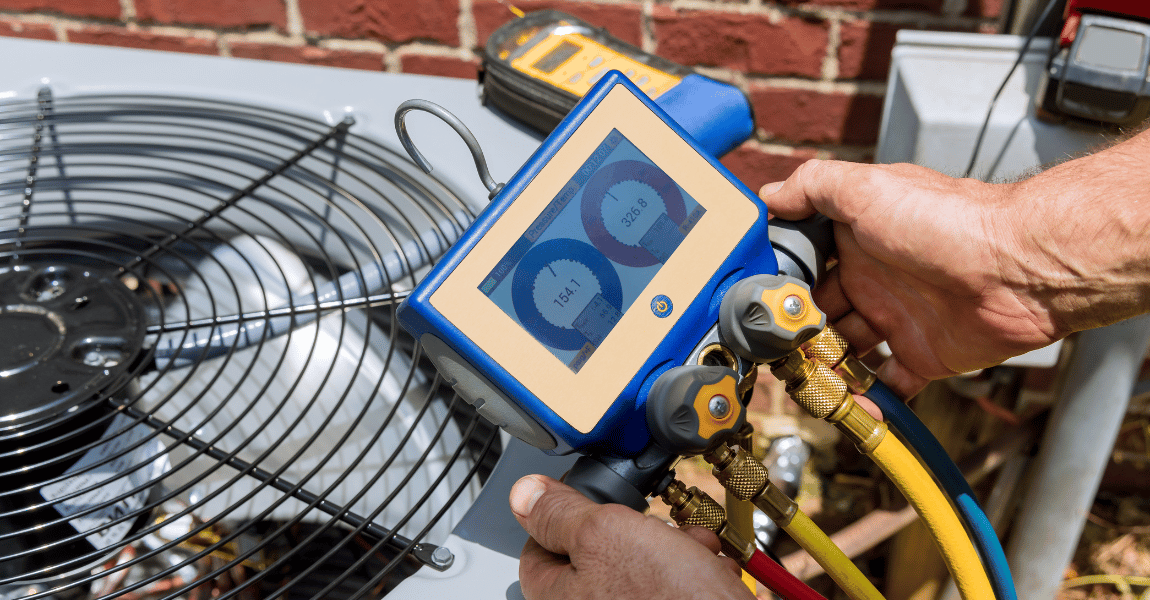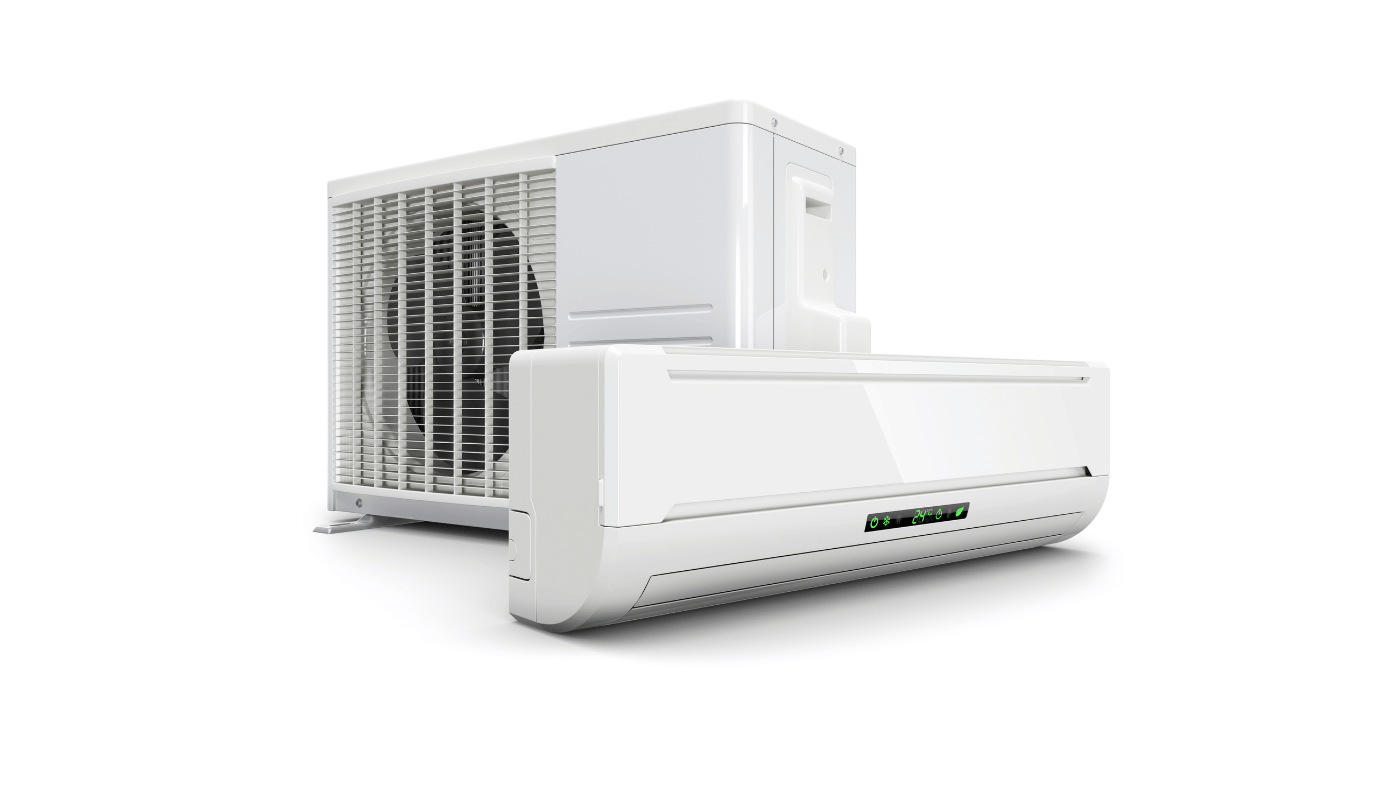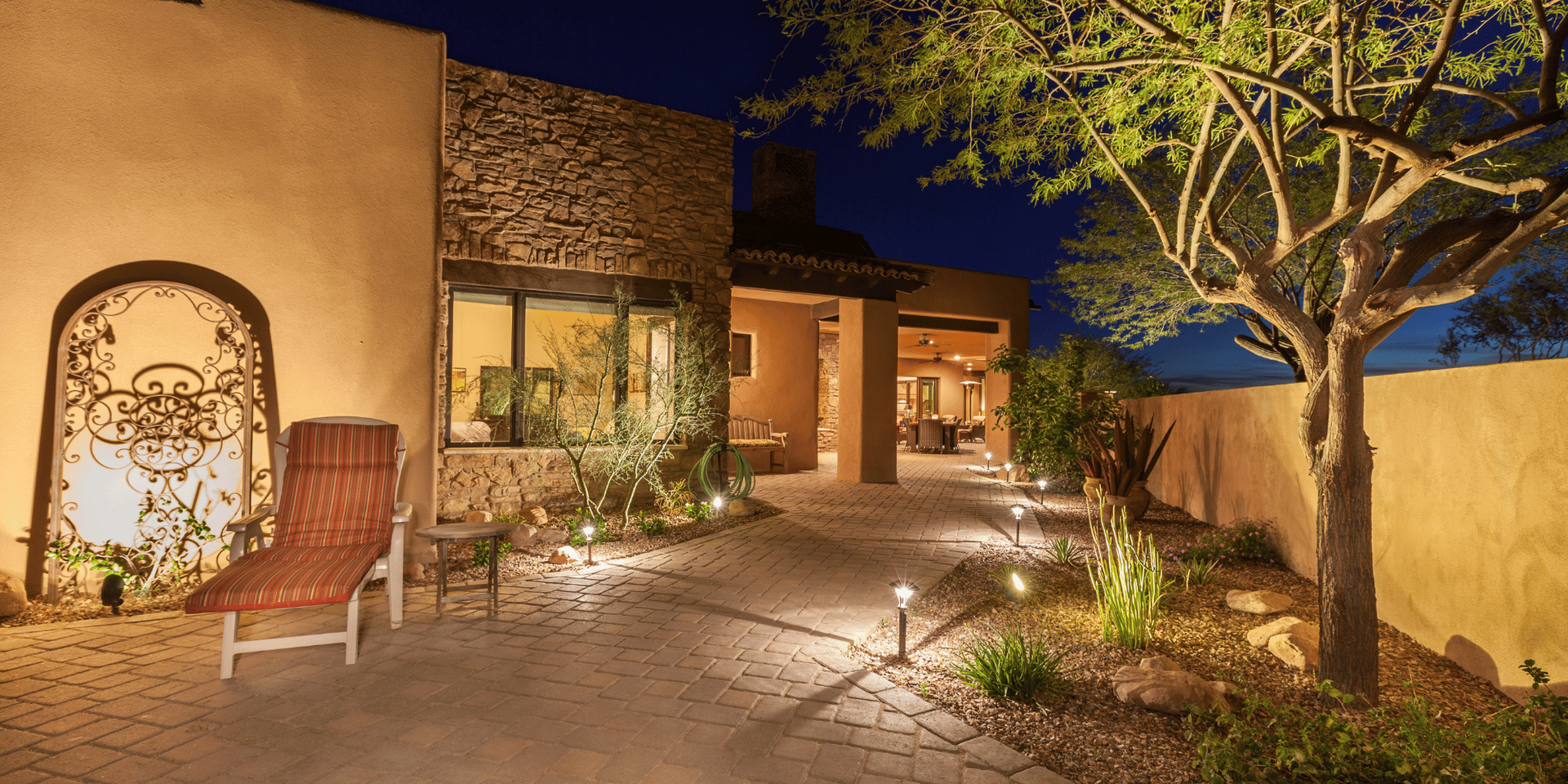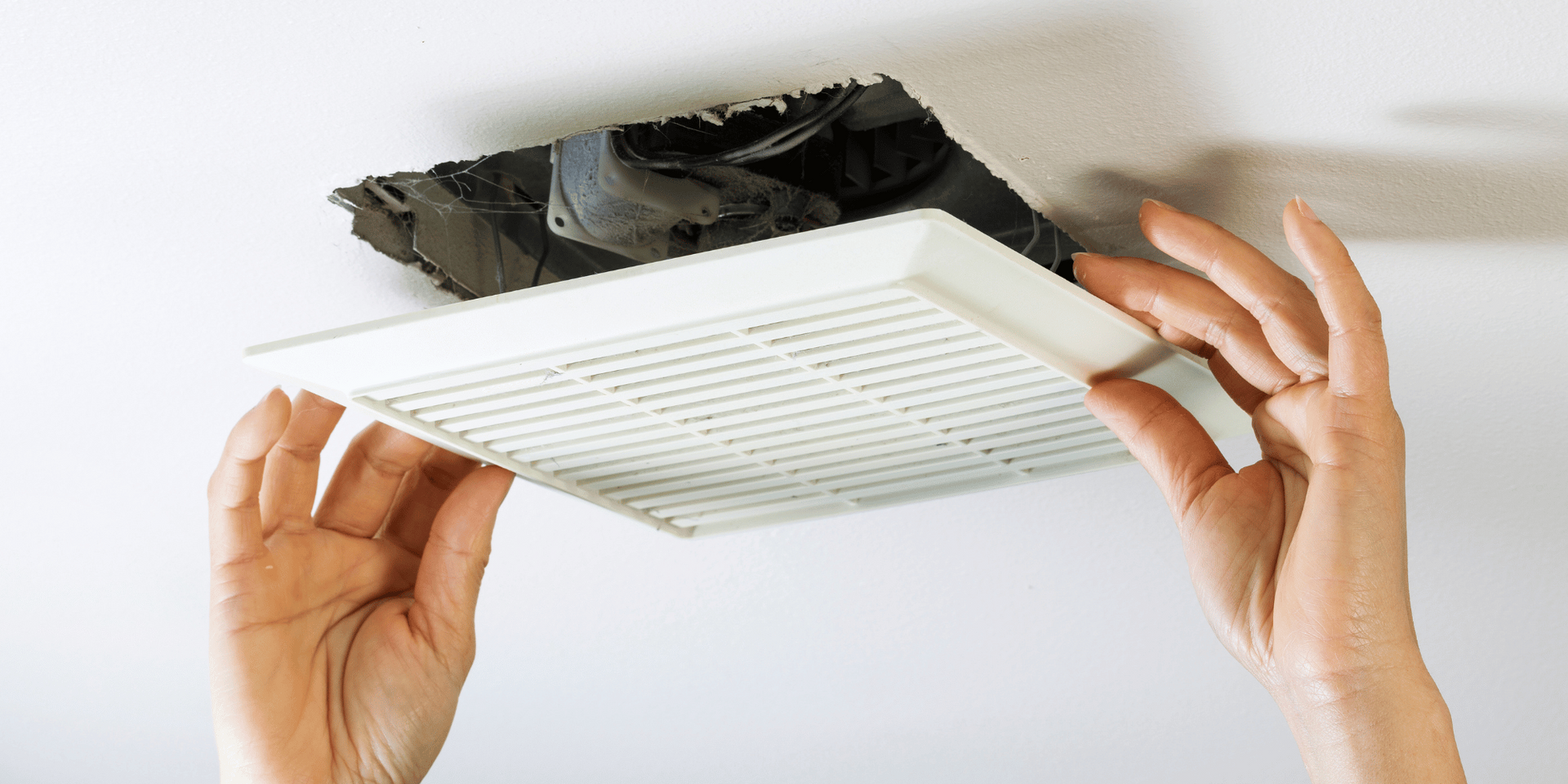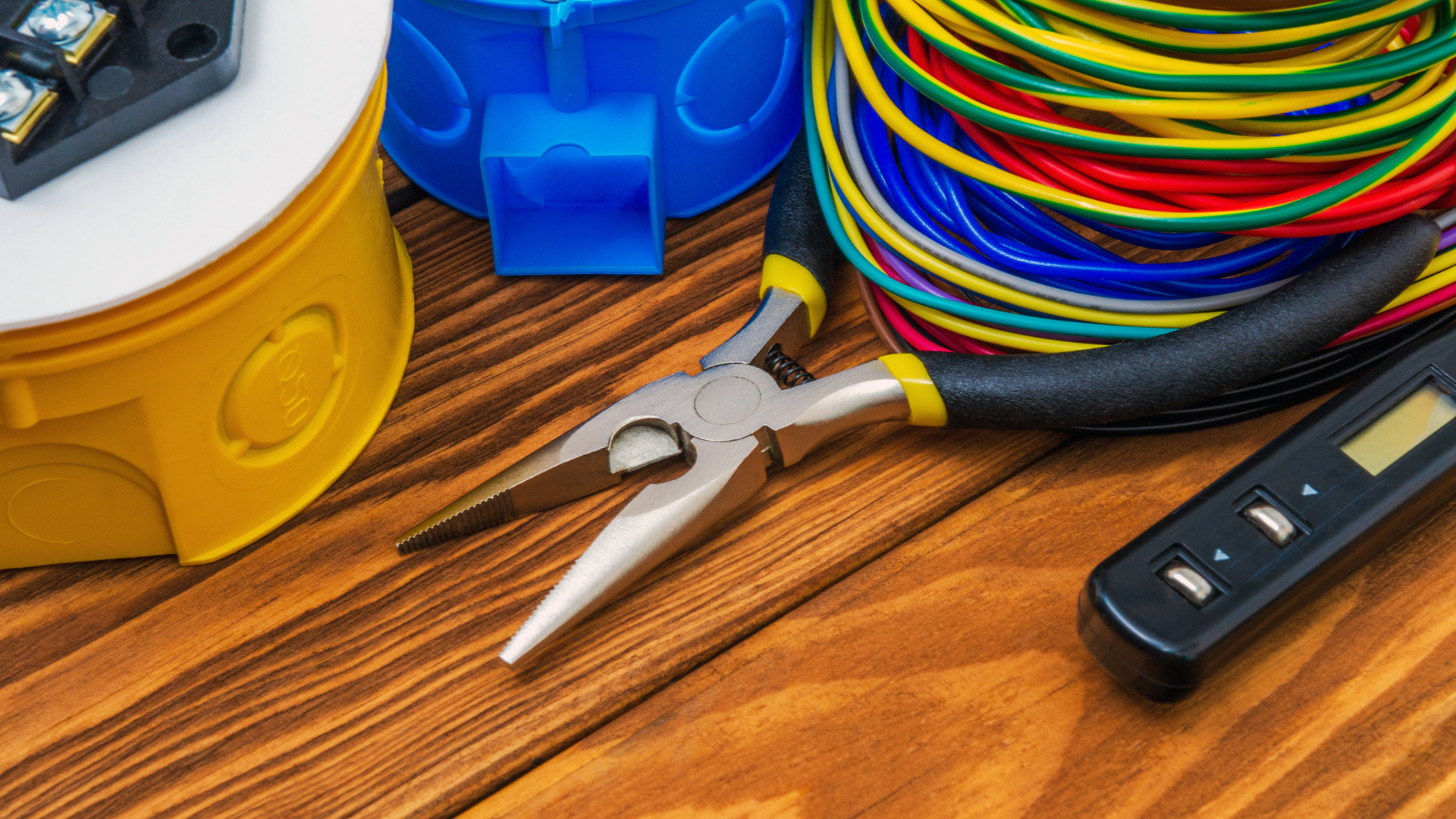Heated Towel Rails The Little Luxury
Everything You Need to Know About Heated Towel Rails
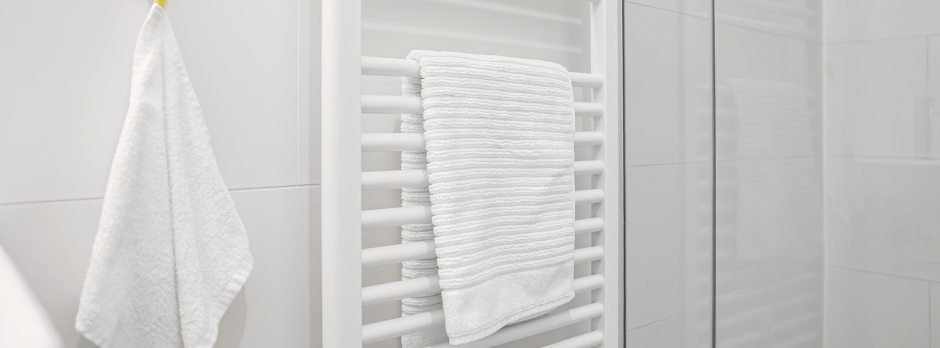
Imagine stepping out of a warm shower or bath into the embrace of a toasty, dry towel.
No more damp towels hanging in the bathroom or the unpleasant chill of winter mornings.
That’s the luxury—and practicality—that heated towel rails offer.
Once considered a high-end accessory found only in luxury hotels or spa resorts, heated towel rails are now a common feature in modern homes.
And with good reason.
They combine function and style, offering a blend of comfort, hygiene, energy efficiency, and aesthetics.
In this comprehensive guide, we’ll explore everything you need to know about heated towel rails—from how they work and the different types available to installation tips, benefits, and maintenance.
What Is a Heated Towel Rail?
A heated towel rail (also known as a towel warmer or heated towel rack) is a bathroom appliance designed to warm your towels, keep them dry, and add a touch of luxury to your everyday routine.
They look like towel racks or ladders and are installed on the bathroom wall. Depending on the model, they can be powered by electricity or plumbed into your home’s hydronic (hot water) heating system.
But beyond just warming towels, they also help prevent dampness, mildew, and musty smells, making them both a comfort and hygiene upgrade.
How Do Heated Towel Rails Work?
Heated towel rails work by circulating heat through horizontal bars—either via electric heating elements or hydronic (water-based) systems. Once switched on, the rails gradually warm up, transferring heat to the towels draped over them.
Some rails come with timers and thermostats, giving you precise control over temperature and operation times, which helps conserve energy and ensures towels are warm exactly when you need them.
Types of Heated Towel Rails
Heated towel rails come in a variety of configurations, styles, and heating methods.
Understanding the different types can help you choose one that fits your space, budget, and preferences.
1. Electric Heated Towel Rails
These towel warmers are powered by electricity and function independently of your home’s central heating.
They are the most common choice for renovations or retrofits because they’re easy to install.
Pros:
- Simple installation (just needs a power outlet or hardwiring)
- Fast heating
- Can be operated year-round, even when central heating is off
Cons:
- Adds to your electricity bill (though usually minimal)
- May require a licensed electrician for installation (especially for hardwired models)
Variants:
- Plug-in: Easy DIY setup
- Hardwired: Cleaner finish, wires hidden behind the wall
2. Hydronic Heated Towel Rails
These are connected to your home’s central heating or hot water system.
Hot water flows through the rails, warming them up just like a radiator.
Pros:
- More energy-efficient if already using hydronic heating
- Lower running costs in homes with active central heating
- Great for eco-conscious households using solar hot water
Cons:
- Installation is more complex and expensive
- Only works when central heating is on (unless separate valves are installed)
3. Dual-Fuel Heated Towel Rails
A best-of-both-worlds option, these can operate using both electricity and hydronic heating.
Use hydronic heat in winter, and switch to electric in warmer months.
Pros:
- Year-round functionality
- Flexible and efficient
Cons:
- More expensive upfront
- Professional installation required
Design and Style Options
Heated towel rails aren’t just practical—they’re also a design element in your bathroom.
They come in a wide variety of shapes, finishes, and sizes to suit every taste.
Common Styles:
- Ladder: Most popular. Multiple horizontal bars, ideal for households.
- Freestanding: Portable versions perfect for renters or small bathrooms.
- Shelf models: Combine warming with storage.
- Designer/vertical rails: Sleek, modern aesthetic for contemporary spaces.
Finishes:
- Polished chrome (classic and reflective)
- Matte black (modern and striking)
- Brushed stainless steel (subtle and versatile)
- Gold, brass, or bronze (luxurious or vintage-inspired)

Benefits of Heated Towel Rails
Heated towel rails are more than just a fancy bathroom upgrade—they provide several functional and economic benefits.
1. Warm, Comfortable Towels
There’s nothing quite like wrapping yourself in a warm towel after a shower. Especially in winter, this small luxury enhances comfort significantly.
2. Quick-Drying Towels
Damp towels can take hours to dry, especially in humid or poorly ventilated bathrooms. A heated rail helps towels dry faster, preventing them from staying musty or growing mould.
3. Improved Hygiene
Warm, dry towels mean fewer bacteria, mildew, and odours. This helps improve hygiene, especially in shared bathrooms.
4. Energy-Efficient Heating
Electric rails use minimal electricity—often as little as a light bulb (between 60–120 watts). Hydronic rails use your existing hot water system, keeping energy costs down.
5. Adds Value to Your Home
Modern buyers appreciate energy-efficient, functional, and stylish upgrades. A heated towel rail can enhance your bathroom's appeal and value.
6. Space-Saving Heating Solution
They can supplement room heating and reduce the need for bulky electric heaters in small bathrooms.
Choosing the Right Heated Towel Rail
Here are the key factors to consider when selecting the best model for your needs:
1. Size and Capacity
- How many towels do you need to warm?
- For families, choose a ladder-style rail with 6–8 bars.
- For solo users or couples, a compact model may suffice.
2. Heating Method
- Do you have central heating? A hydronic model may work.
- Looking for convenience and flexibility? Go electric or dual-fuel.
3. Mounting and Space
- Wall-mounted units save floor space.
- Freestanding units are good for flexibility but take up more room.
4. Style and Aesthetics
Choose a design that complements your bathroom—traditional, modern, minimalist, or luxury.
5. Controls and Timers
Smart towel rails come with programmable timers and thermostats so you can save energy and enjoy warm towels when you want them.
Installation: What You Need to Know
Electric Heated Towel Rails:
- Plug-in models are DIY-friendly—just place and plug into a nearby socket.
- Hardwired models must be installed by a licensed electrician for safety and compliance with building codes.
Hydronic Towel Rails:
- Require connection to your home’s plumbing system
- Installation must be done by a licensed plumber
- Best installed during bathroom construction or renovation
Important tip: In Australia, all electrical work in a wet zone (like a bathroom) must meet strict safety standards under AS/NZS 3000.
Running Costs and Energy Efficiency
One of the big questions many homeowners ask is: "How much does it cost to run a heated towel rail?"
Electric Rails:
- Average usage: 60 to 150 watts
- Running 4 hours a day could cost as little as 5–10 cents daily (depending on energy prices)
- Using a timer or thermostat can reduce costs even further
Hydronic Rails:
- Minimal added cost if your central heating is already running
- Efficient and cost-effective in cold climates or homes using solar hot water
Maintenance and Cleaning
Heated towel rails are low-maintenance appliances.
Here are a few quick tips to keep yours in top shape:
1. Regular Cleaning
- Wipe with a soft, damp cloth weekly to remove dust and water spots
- Use non-abrasive cleaners to avoid scratching the finish
2. Check for Loose Fittings
- Over time, screws and brackets may loosen—tighten them during regular bathroom checks
3. Monitor for Rust or Leaks
- Stainless steel and quality finishes resist rust, but check joints, especially on older models
4. Professional Servicing (Hydronic Models)
- Have your plumber check for leaks or airlocks during your annual boiler service
Smart and Eco-Friendly Towel Rails
For tech-savvy homeowners or those focused on sustainability, consider models with:
- Wi-Fi or app control: Turn on your towel rail remotely
- Thermostats: Maintain a consistent temperature without waste
- Timers: Program usage to match your routine
- Low-voltage options: Safer and more energy-efficient
Common Questions About Heated Towel Rails
Do heated towel rails heat the room?
Some larger models provide enough radiant heat to warm small bathrooms. However, they’re not designed to replace dedicated room heaters.
Can I leave it on all the time?
Yes—but using a timer or thermostat is more energy-efficient and safer.
How long does it take to warm a towel?
Most models warm up in 10–15 minutes. A towel reaches optimal warmth in about 30–45 minutes.
Are they safe for kids and pets?
Most rails are warm, not hot to the touch. Still, choose models with a maximum surface temperature under 55°C and install them at a safe height.
Final Thoughts
Heated towel rails are one of those small luxuries that once you have, you wonder how you ever lived without. They’re more than just a towel warmer—they’re a bathroom upgrade that enhances comfort, hygiene, and even resale value.
Whether you're building a new home, renovating your bathroom, or just treating yourself, a heated towel rail offers excellent functionality wrapped in sleek, modern design.
With options to suit every budget, décor, and lifestyle, it’s never been easier to bring warmth and luxury into your daily routine.
Need help choosing the right model or getting it installed safely? Reach out to Full Circle Electrics to feel the difference for yourself.



